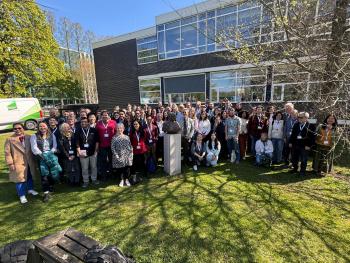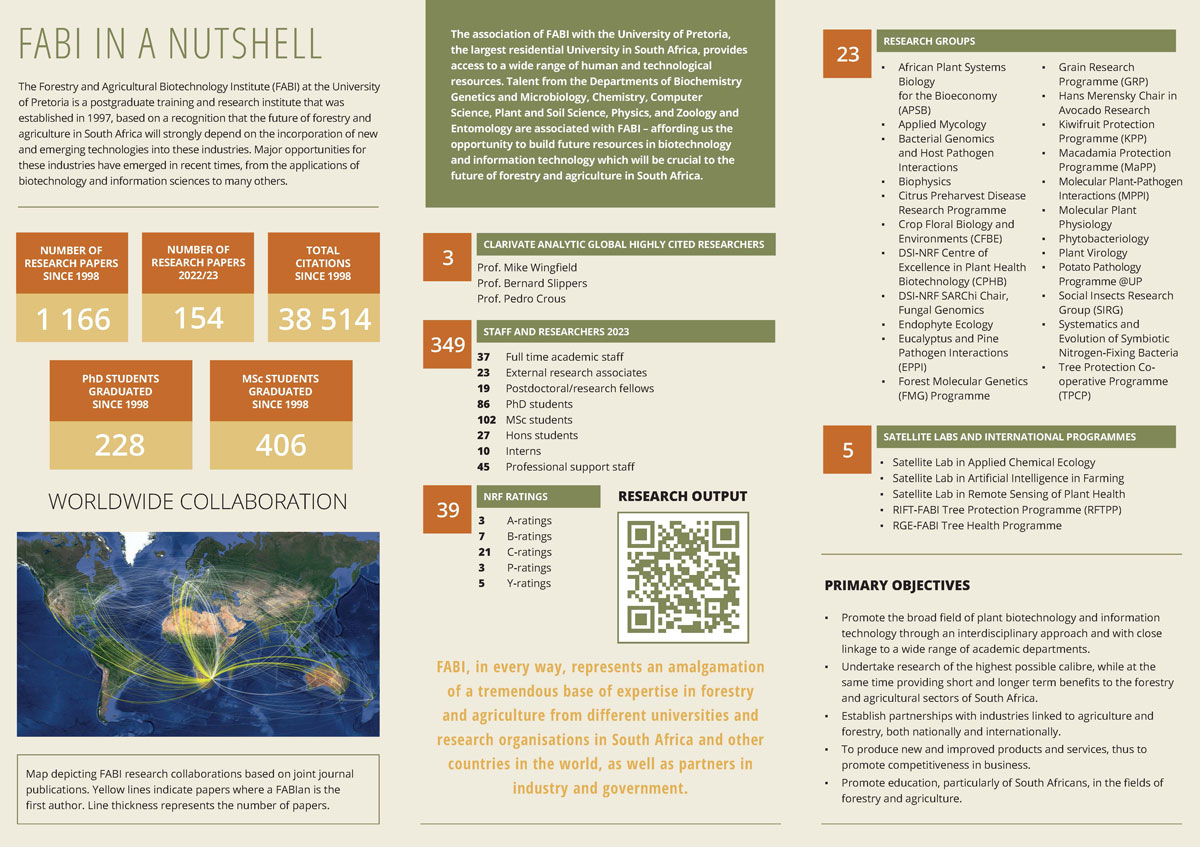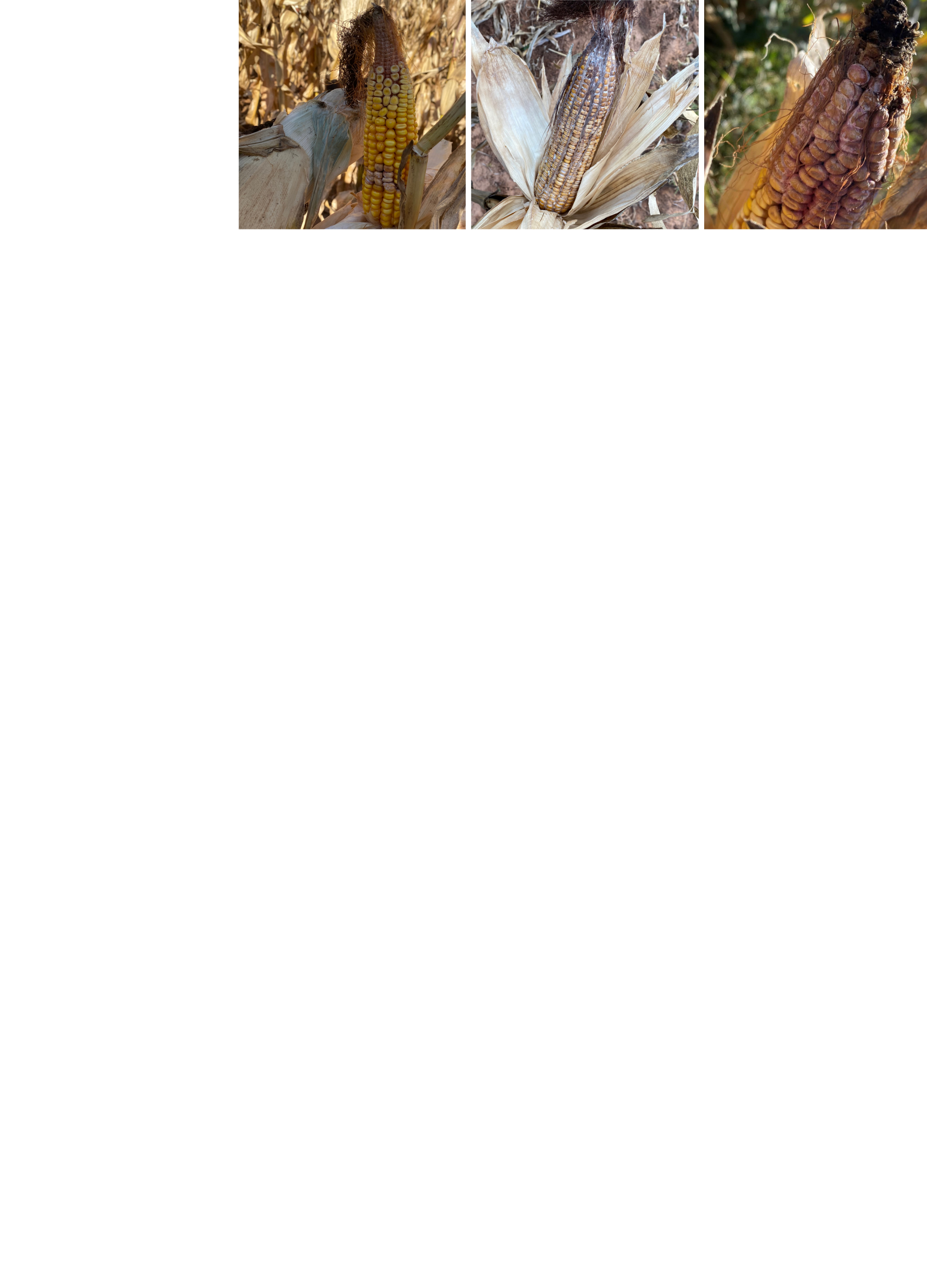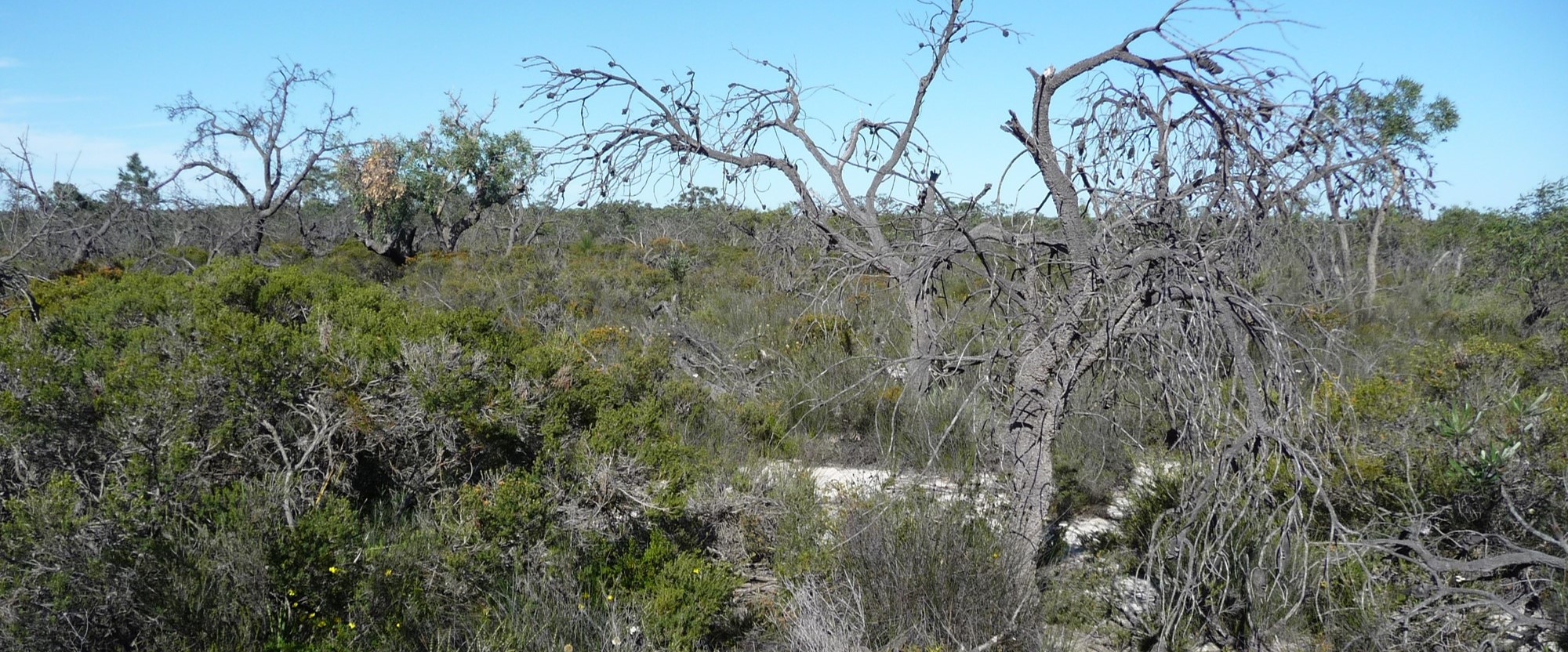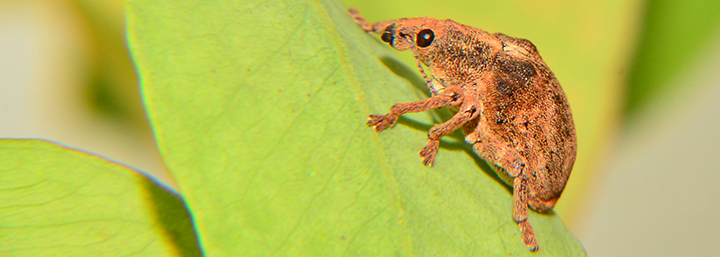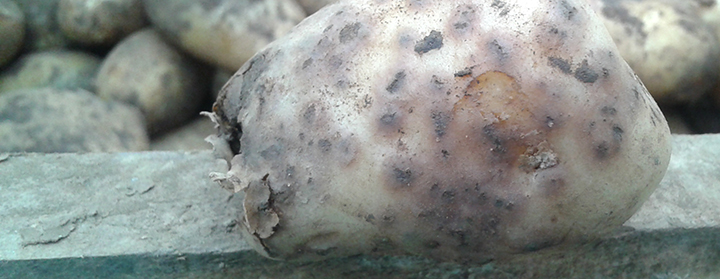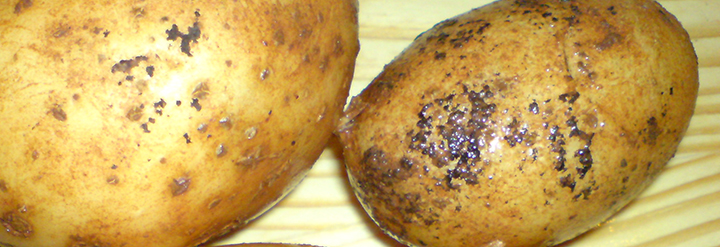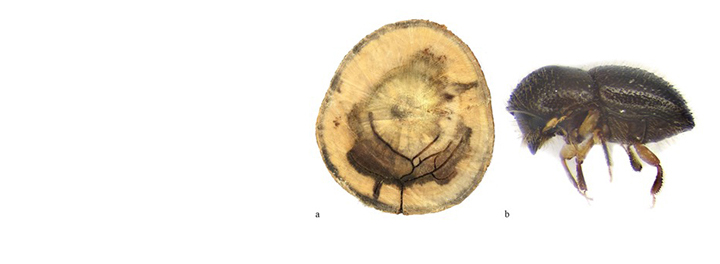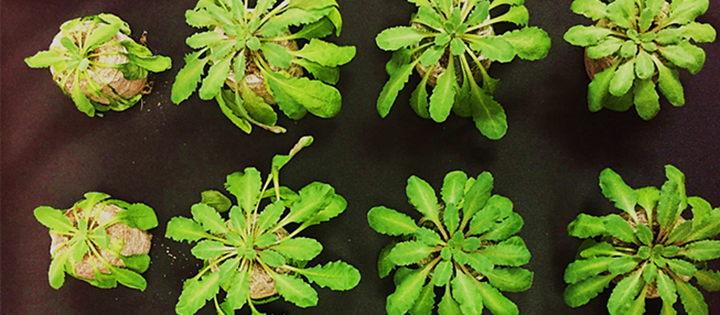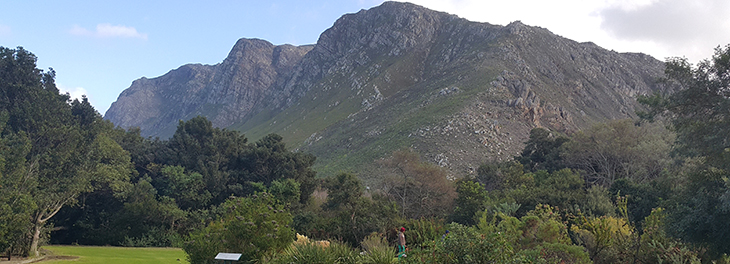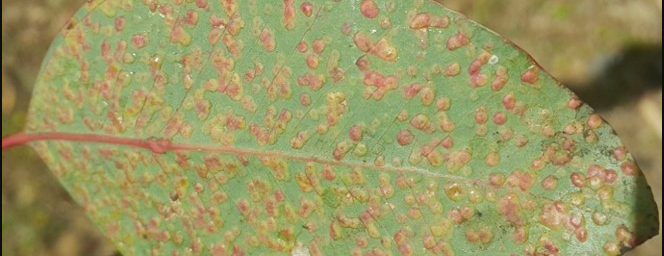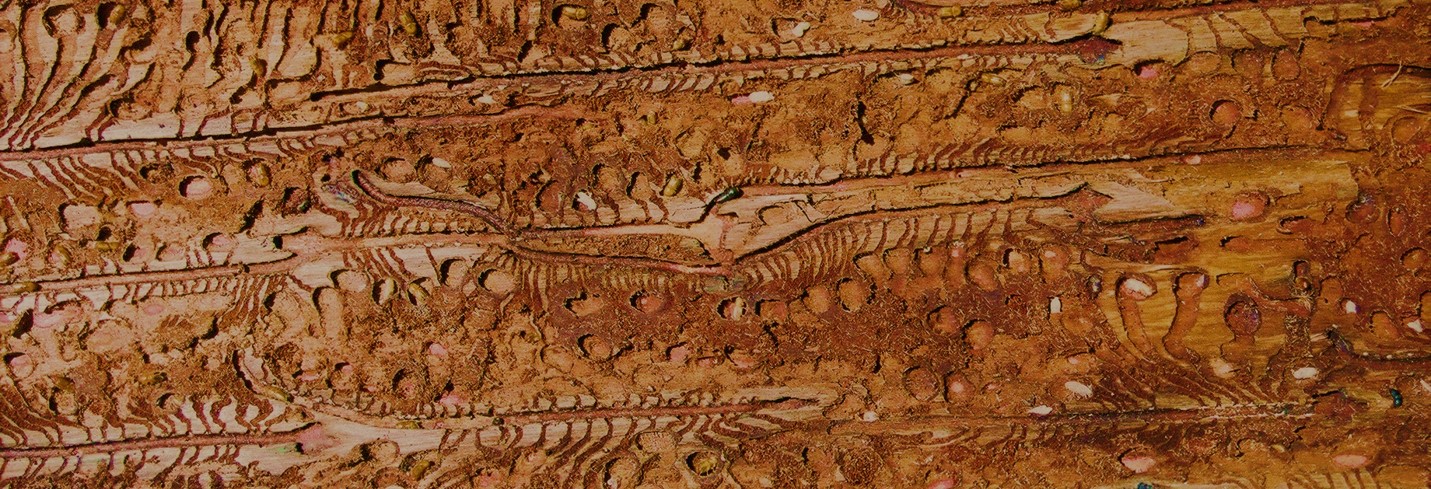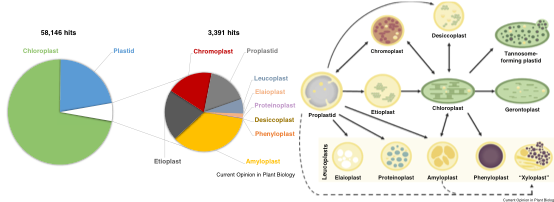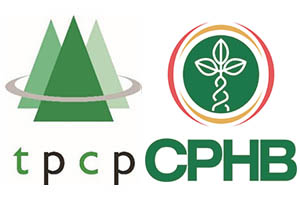
The Diagnostic Clinic provides a free disease diagnostic service to its members and partners. In this way, plant disease and pest problems can be readily identified and solutions to these problems sought. Information accumulated through this service is added to the FABI database on diseases and ensure a long term record of trends associated with pest and pathogen outbreaks. In addition, selected isolates and specimens of important disease agents are stored using state of the art technologies. These cultures and specimens are a critical resource for plant health research in the country. E.g. living cultures can be used for screening disease tolerance and in determining genetic variability overtime.
Collection of Samples
- To ensure accurate diagnoses, special care must be taken when collecting samples. Try to collect samples that accurately represent the disease symptoms at hand. Many disease symptoms are subtle, e.g. those associated with root disease are often identical to those from basal stem cankers.
- Collect tissue representing the primary symptoms concerned. In the case of root or stem diseases, these samples should preferably be from plants that are in the process of dying and should include both diseased and healthy tissue. Where possible, send the whole plant. Soil should always accompany root samples when a root problem is suspected. If possible, include samples from at least five plants.
- Insect specimens, such as beetles, larvae or moths should be sent in small vials filled with surgical alcohol. Where possible, please keep insect samples separate from plant samples using a ziplock bag.
- For samples relating to the Polyphagous Shot Hole Borer (PSHB). Please refer to the following webpage: PSHB
Preparation for Dispatch
- Contact us directly to discuss a disease problem before samples are collected and dispatched. This ensures that appropriate samples are collected and that the clinic can prepare for the samples arrival.
- An information form should be completed and accompany your samples. This form can be completed online or filled out and sent with the sample.
- Online submission: FABI Diagnostic Clinic: Sample Information Sheet
- Samples should be individually wrapped and labelled and placed in a sturdy box or padded envelope. Soil samples should be between 150 and 300 grams and sealing in a clean plastic bag.
- Send samples overnight via courier to ensure sample freshness.
Download the instructions for sample preparation pamphlet
For samples relating to the Grain Research Program (GRP), please look at our information flyer.

Feedback of Information
Identifications based on morphology (cultural or specimen) can take time, but you should receive feedback in 2 – 3 weeks. In cases where a more in depth analysis is required, such as baiting, DNA sequencing etc., we usually require an additional week or two.
Contact Details:
Clinic Manager:
Dr. Lieschen De Vos
Tel: +27 12 420 3938/5826
Email: This email address is being protected from spambots. You need JavaScript enabled to view it.
Address:
FABI
University of Pretoria
Lunnon Road
Hillcrest
0083
Pretoria
South Africa



